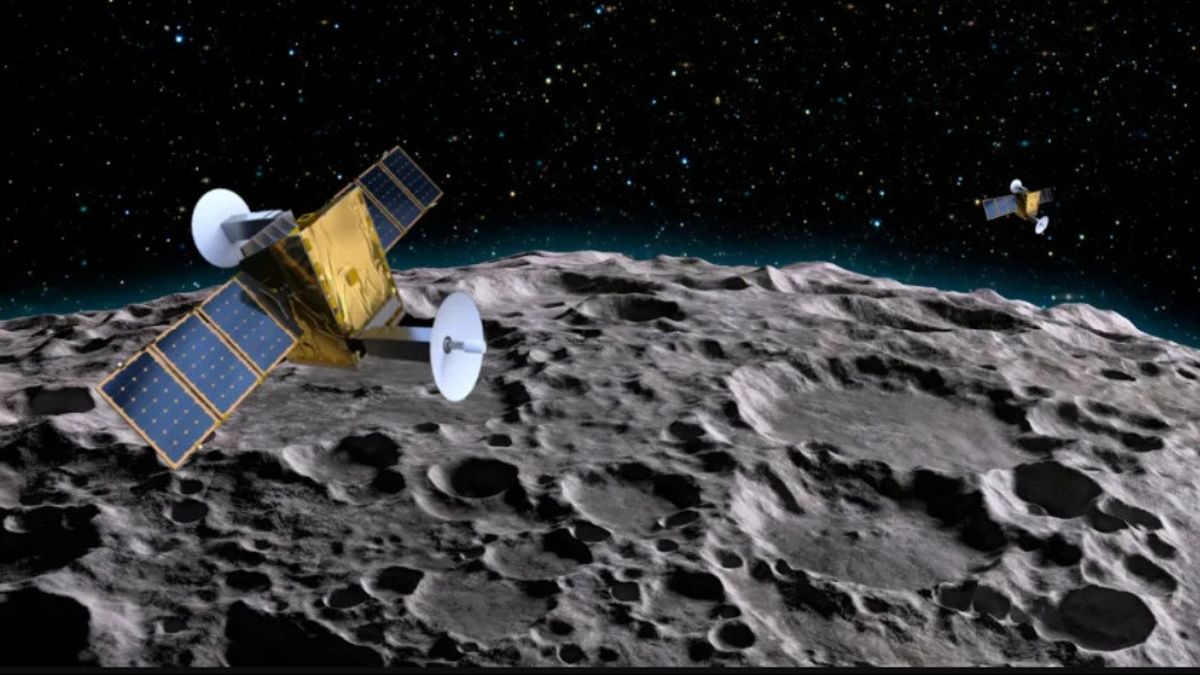JAKARTA - Lockheed Martin surprisingly wants to be the first company to turn the Moon into a new source of revenue, by building a satellite communication network.
A spin-off company called Crescent Space launched Lockheed Martin with the aim of providing a reliable communication system for the long-term presence of humans on the Moon.
The company's first project, offered to NASA, is a satellite network dubbed Parsec, tasked with connecting the Moon and Earth via a constellation of small moon satellites.
The network will provide a relentless connection between astronauts, their equipment on the lunar surface, and people on Earth. In addition, Parsec will also assist navigation, making it an important tool for future Moon missions.
Parsec should behave like Earth-based GPS networks in general, giving astronauts the right position and direction to return to their base stations.
The first node of the lunar fleet must start operating in 2025, with additional nodes coming in the following years.
Chances are, Lockheed Martin is too hasty. This is because NASA itself has not asked for a lunar satellite network, where the Artemis program does not fly across months until the end of 2024 and landings by the end of 2025.
However, NASA recently selected Nokia to build its first mobile network on the Moon. As a pioneer of wireless communications and Finnish-based network technology, Nokia has started the early planning stage of deploying the LTE/4G communication system on the lunar surface.
The system will launch on a SpaceX rocket in the coming months, with the same IM-2 mission designed to bring the Lonestar space data center to the Moon.
The 4G network will be powered by a base station equipped with antennas and stored at the Nova-C lunar lander, it is designed by an Intuitive Machine. The base will build a simple LTE communication network between landers and solar-powered explorers.
Nokia said it was strengthening 4G/LTE equipment to withstand extreme environmental conditions on the lunar surface. The company aims to show traditional terrestrial networks can meet communication needs for future space missions, as quoted by TechSpot, Friday, March 31.
That way, it will give astronauts everything they need to communicate with each other, mission control, manage the rover remotely, and even stream real-time videos as well as telemetry data back to Earth.
The English, Chinese, Japanese, Arabic, and French versions are automatically generated by the AI. So there may still be inaccuracies in translating, please always see Indonesian as our main language. (system supported by DigitalSiber.id)













